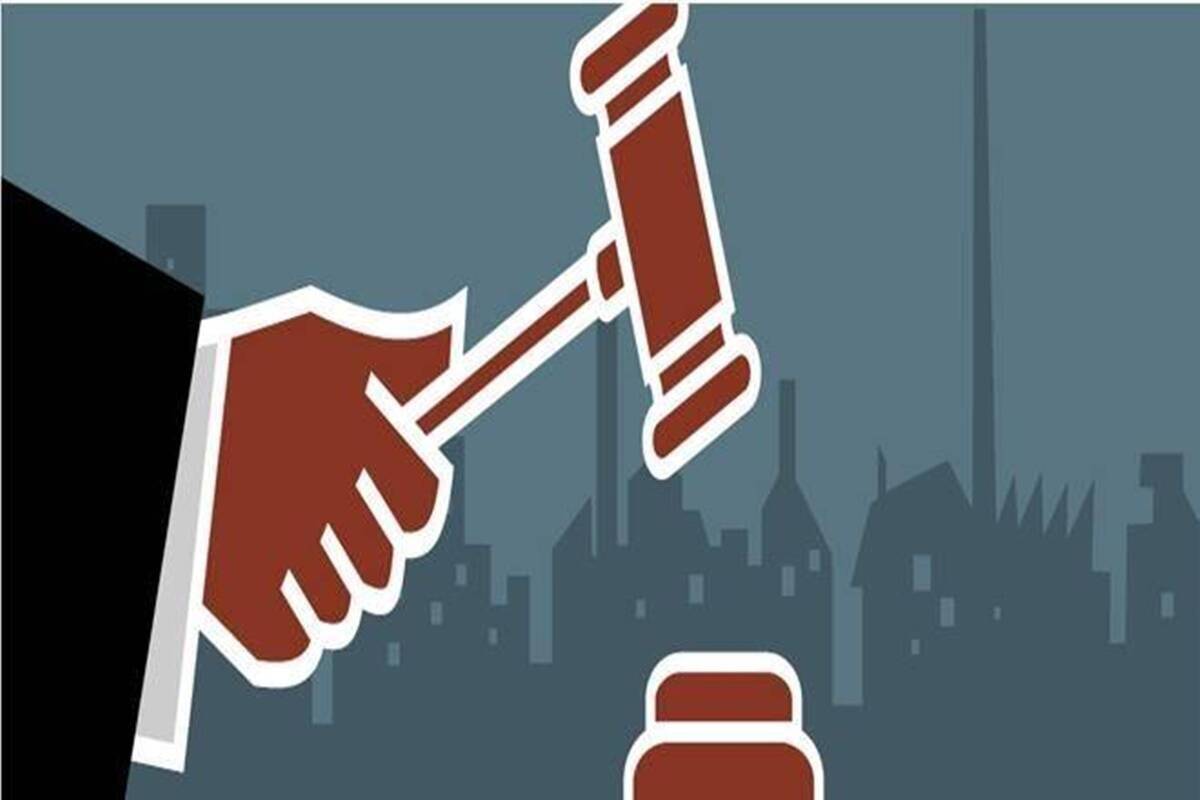
Digitisation of Courts in India
Digitisation of Courts: The spread of an influenza-like infection plummeted without an alert carrying the world to an extraordinary halt. One fine morning, the boundaries overseeing our regular activities were redesigned exemplarily. The world wound up in a smooth situation, with an obscure infection that radiated in the Wuhan city of China arriving at most nations over the globe.
The rising number of contaminations and announced passings struggled governments unfit to locate a likely answer for tackle the falling apart situation. The quick activities embraced to handle the situation included the fixing of worldwide outskirts, heightening clinical offices, shutting of destinations with enormous network presentation, and eventually authorization of an encompassing shutdown organizing soundness of the residents over other significant contemplations.
India has been no special case in the continuous undertakings. The epic coronavirus first set in quite a while feet in our nation toward the beginning of March. In the long run, there were plenty of measures started trying to check the spread, with the desire for having the option to oppose the diseases arrive at the age.
The activity of global flights was ended, shopping centers, cafés, and instructive foundations were closed, the open social occasion was precluded, and lastly on March 24th, across the nation lockdown was declared to be employable for the following 21 days initially. Except for clinical administrations and fundamental utilities, the different business foundations needed to shut down physical working with prompt impact.
In accordance with the progressing improvements, with the announcement of the COVID-19 as a pandemic, the Indian legal executive ended up in a fix. At first with the expanding fear of the spread of the infection in the nation, the activity of the Courts all through the country was combined with preventive measures. There was a breaking point put on the section of lawyers alone in the Court excepting disputants, except if called for by the Court.
The premises were in effect normally disinfected, the temperature of all ingoing staff was being checked, and social removing was being rehearsed overwhelmingly. In any case, the declaration of the lockdown fundamentally implied that the Courts must be closed in the wake of the rising contaminations. In the given situation, could equity be let to endure while the world was destined to spread an obstruct infection? Maybe, not.
In the event that the Courts were to be shut uncertainly, sitting tight for standardization of the circumstance, the result presumably would have caused harm unrecoverable. The Courts would be been troubled over-limit prompting further overabundances and postponement during the time spent administering equity. The effect of such a shutdown would be grave on fundamentally two fronts, the criminal equity framework and matters identifying with life and individual freedom of people.
It is the obligation of the Court to secure the privileges of the residents, in all the unstable circumstances may be. Remembering such cardinal contemplations, the conceivable way out to adjust the wellbeing worries just as proceed with the way toward apportioning equity was shown up by the shrewd salvage looked for from the “E-Courts Project”.
This denotes the beginning of another time throughout the entire existence of the Indian Judiciary. There was a significant update in the whole Court structure with the procedures currently being done by video conferencing and the coming of the e-documenting system. At a fundamental crossroads, the possibility of virtual courts should be commended as a hearty system concocted to moderate the obstructions got by the pandemic.
There are a few advantages of hearing by means of video conferencing including no prerequisite of physical nearness wherein parties do go miles to be available face to face under the steady gaze of courts and simultaneously, it will be cost and time viable for the gatherings’ point of view just as the legal executive.
Above all, this will decrease carbon impression. Video conferencing ought to be made discretionary in all courts the nation over for a wide range of issues. Digitalization will lessen the humongous number of pendency of cases under the steady gaze of courts and will be a successful solution for deferred equity.
Openness is the center capacity of the conveyance of equity. The nature of settling in the court will not be of utility if equity can’t be gotten to by individuals in any case. Thus, the current emergency would be an extraordinary open door for the digitalization of Courts in India. It can likewise help diminish a gigantic excess of cases under the steady gaze of the courts.
In the present-day situation, there can be numerous troubles looked at in the down-to-earth ramifications of virtual courts. Numerous individuals and disputants may confront trouble in exploring a digitalized equity framework that could be controlled by some pragmatic preparation.
Besides, it is a desperate need that the National Informatics Center to make a stage that incorporates highlights of video conferencing and e-recording to supplant the utilization of any outsider exclusive programming for the release of basic open capacities like mediation. As it were, making a cutting-edge equity stage will be brimming with difficulties yet note that this is the initial move towards digitalization of the court framework in a progression of many.
Tags: equity framework, digitalization of courts, digitisation of courts, digitization in courts
